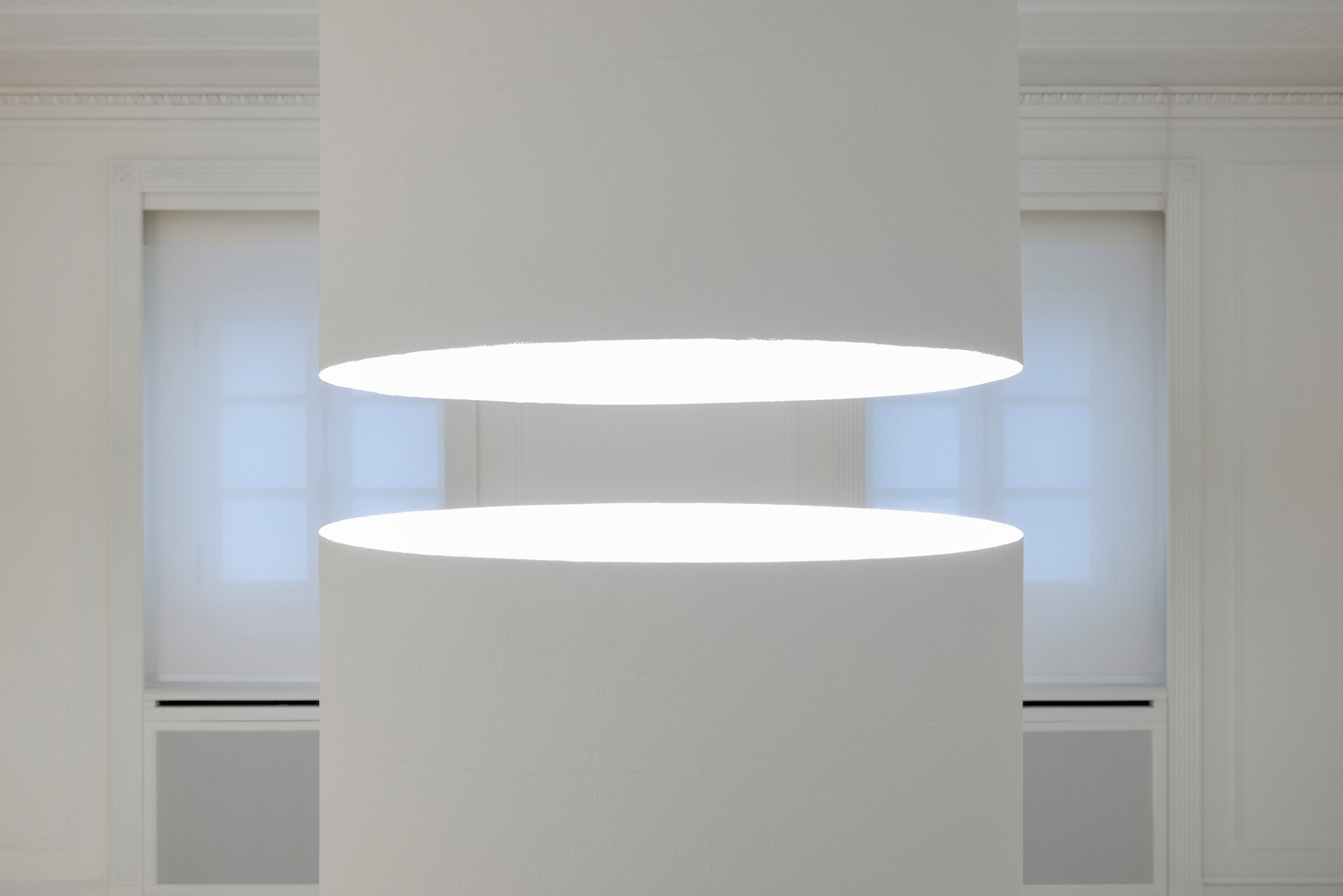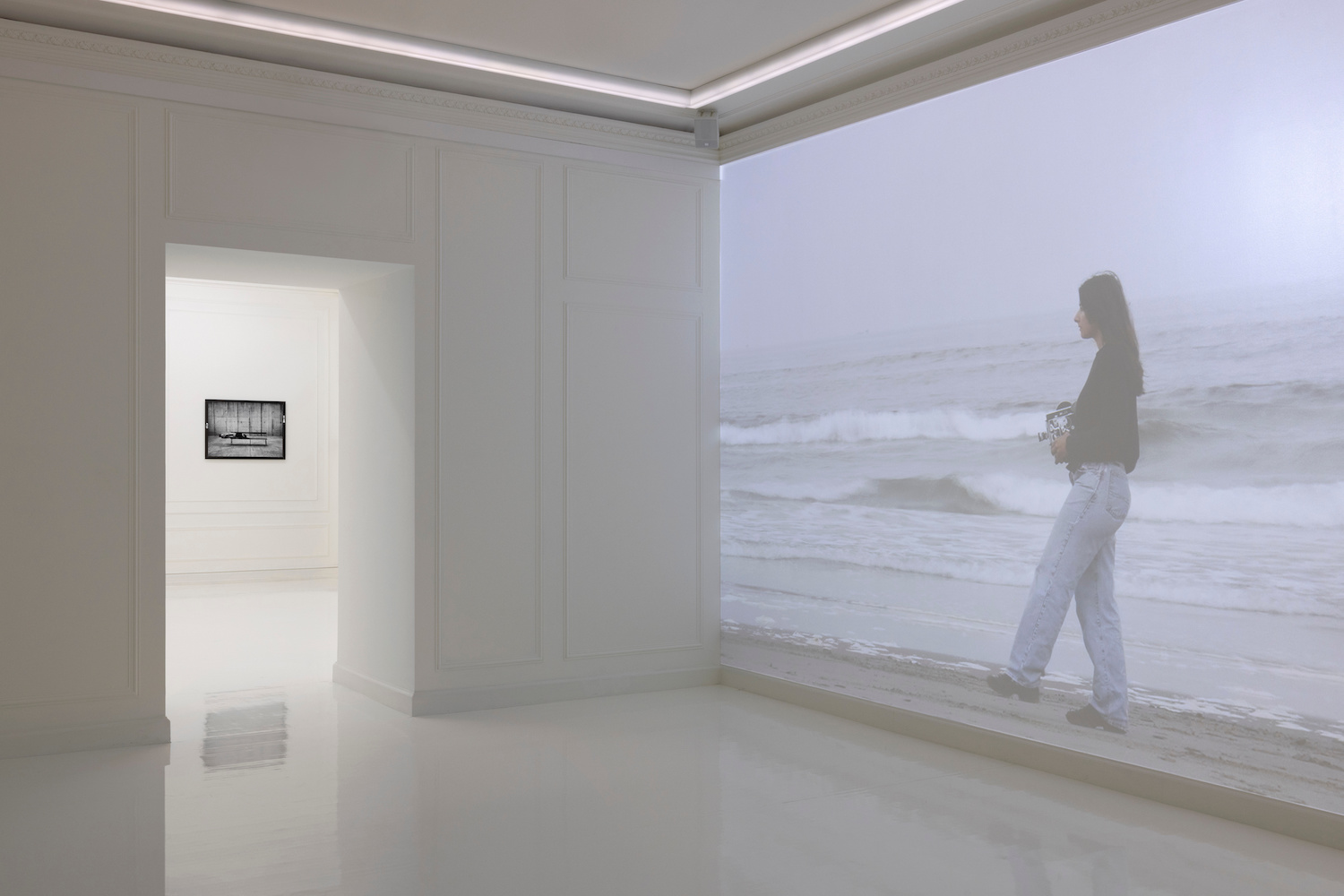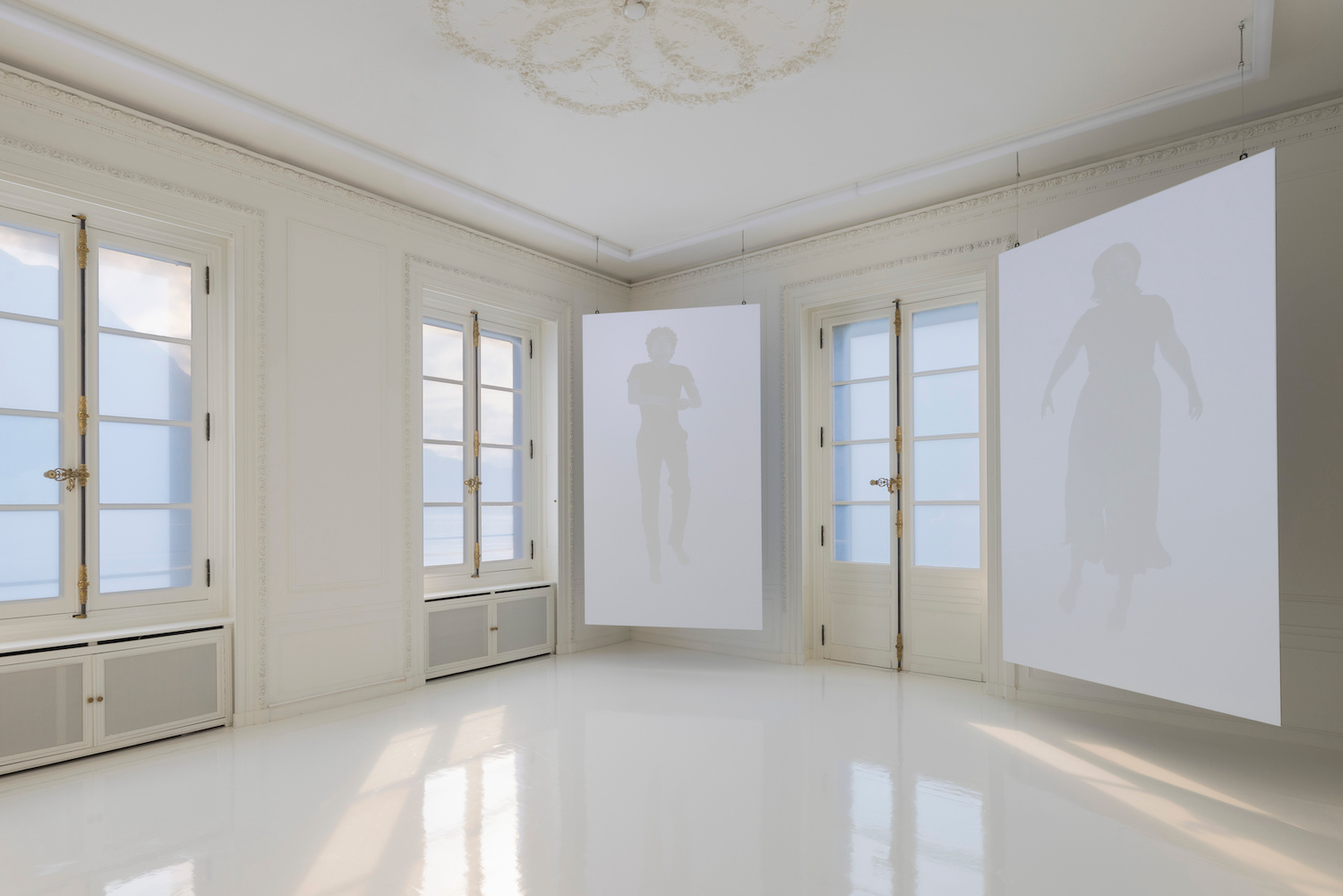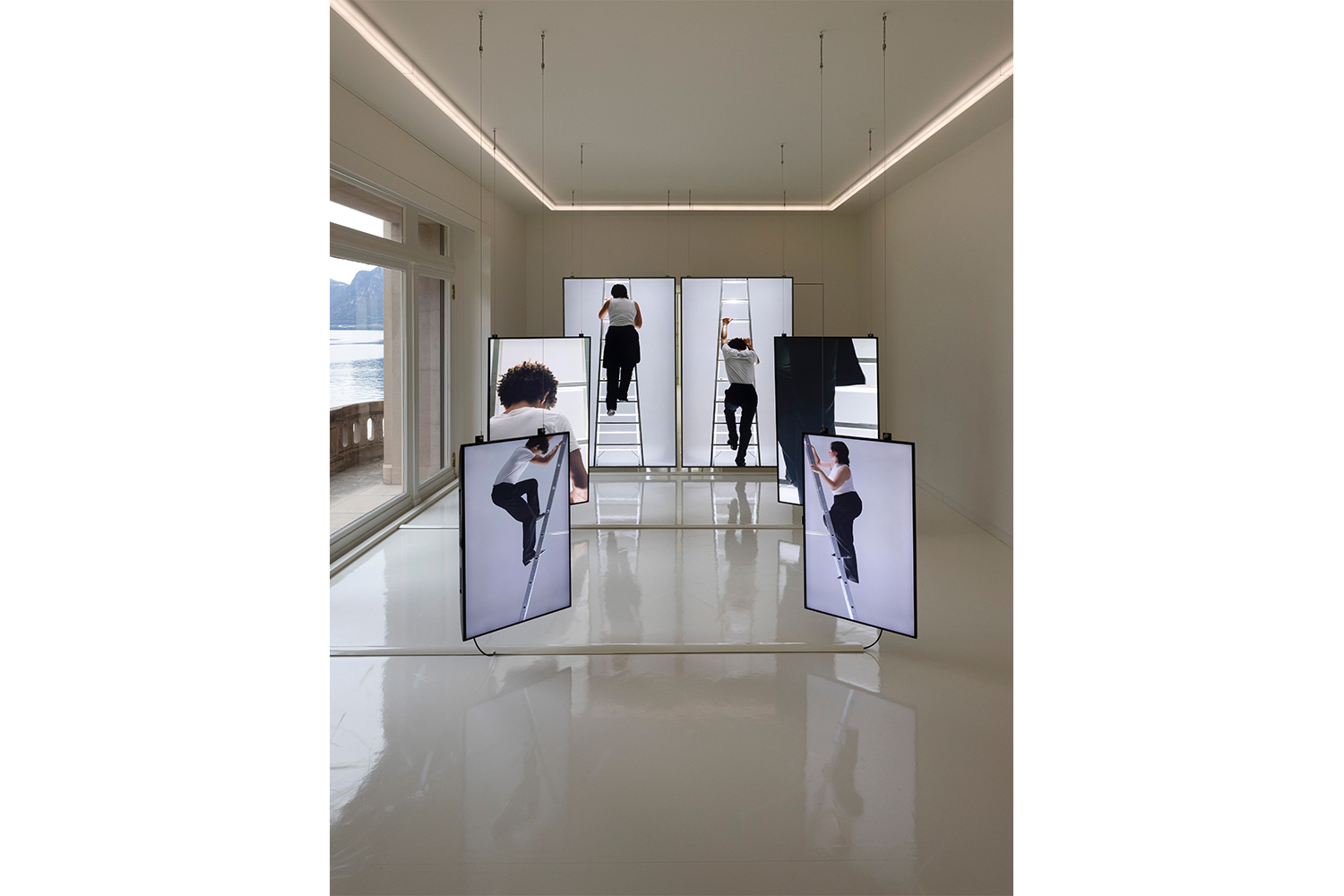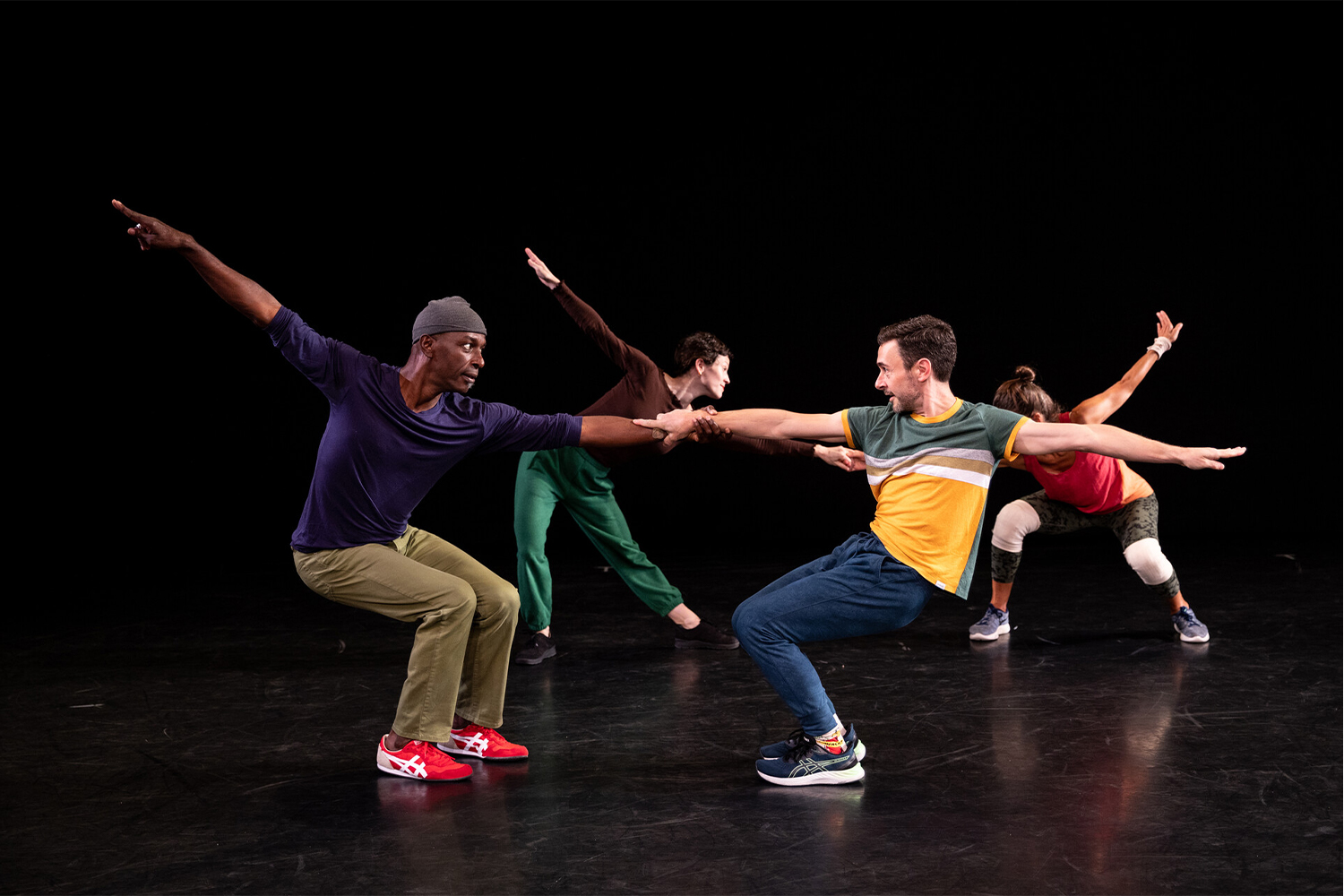“What is the meaning of life? That was all — a simple question; one that tended to close in on one with years. The great revelation had never come. The great revelation perhaps never did come. Instead there were little daily miracles, illuminations, matches struck unexpectedly in the dark; here was one.”
— Virginia Woolf, To the Lighthouse, 1927
Virginia Woolf struggled her whole life with the loss of her mother, Julia Stephens, who passed away in 1895 when Woolf was just thirteen. Woolf’s poignant words, “she haunted me,” perfectly describe her thirty-year torment over her mother’s death, and her novel To the Lighthouse not only confronted her mother’s passing, helping her accept it somehow, but also delved into the fundamental question of the meaning of human existence. In the novel, Julia finds her literary counterpart in Mrs. Ramsey, a character so vividly portrayed that Vanessa Bell, Woolf’s sister, wrote that it felt like their mother was “raised from the dead.”
The Lightroom (2023), by Sarah Brahim, is an open homage to Woolf’s novel and its core themes. A white sculpture that merges seamlessly with its all-white surroundings, it is illuminated by intermittent bursts of light that punctuate the room, creating a striking contrast between light and darkness. The Lightroom is one of several works Brahim produced for her first solo show, “Sometimes we are eternal,” at Bally Foundation in Lugano, curated by Vittoria Matarrese — an exhibition that represents a journey through the complexities of life, memory, and the traces we leave during our existence.
The show traces Brahim’s creative evolution over the past decade — the same time span during which the artist dealt with the loss of her mother. The works thus provide a form of catharsis while confronting the pain of losing a loved one, even if it there will never be complete comfort. Just as Woolf’s exploration began with her art, so does Brahim’s journey. The common thread is the use of art as a means to explore timeless — and often distressing — questions about the human experience. By exploring the material world that surrounds us, Brahim attempts to decipher the mysteries that unfold when the human body vanishes, leaving behind traces both tangible and intangible.
The entire exhibition tells a compelling narrative, one that revolves around the notion of bodies inhabiting spaces and landscapes, and imprinting them with enduring marks. It is immediately apparent that Brahim’s approach is rooted in contemporary dance; she was influenced by artistic movements in the 1960s and 1970s that conceived dance as a fundamental experience in human existence, and she studied at Anna Halprin’s Tamalpa Institute, which profoundly shaped her practice. The importance of dance is evident in Untitled (2023), a photograph that also functions as the exhibition’s manifesto, and it continues to permeate every one of Brahim’s works, starting with The second sound of echo (2023), probably the most intimate work in the show. In the video, the artist dances to the rhythm of sounds produced by two stones “played” by her father. The work speaks of being in sync with another body, moving simultaneously, two hearts existing in the world at the same time despite all differences. It’s about being together, but always in an inexorable way.
The second floor of Villa Heleneum — which happens to have been built by a dancer — is entirely dedicated to the notion of “Memory and Disappearance,” and showcases a selection of works integral to Brahim’s quest. Adagio (2023), a two-channel video installation, captures the artist performing an “extreme slow walk” — a meditative exercise originated by American composer Pauline Oliveros — on a beach near Watermill, New York. This activity, designed to heighten one’s awareness of the body, involves her carrying a video camera that becomes an extension of herself. The practice questions the extent of memory, its persistence, and the interplay between reality and imagination.
Brahim seeks to capture the fleeting moments of eternity that intermittently grace our loves, often forgotten but never truly lost. The title of the show, “Sometimes we are eternal,” draws inspiration from French philosopher Alain Badiou’s interpretation of Spinoza’s Ethics, which posits that the human spirit remains eternal even when the body succumbs, but only in sporadic instances. This conceit redefines the boundary between finite and infinite, placing eternity within the fabric of time.
Ten distinct rooms within the exhibition weave together ten unique narratives, each indispensable to Brahim’s broader story. The final work, He said, we must forget (2023), is again a two-channel video installation featuring images and videos shot in various locations — Milan, Lugano, New York, and elsewhere — that somehow recall the works we have seen in previous rooms. The piece serves as a thought-provoking reflection on the exhibition’s overall themes and prompts contemplation about the limits of human memory, its longevity, and the delicate boundary between reality and imagination.


